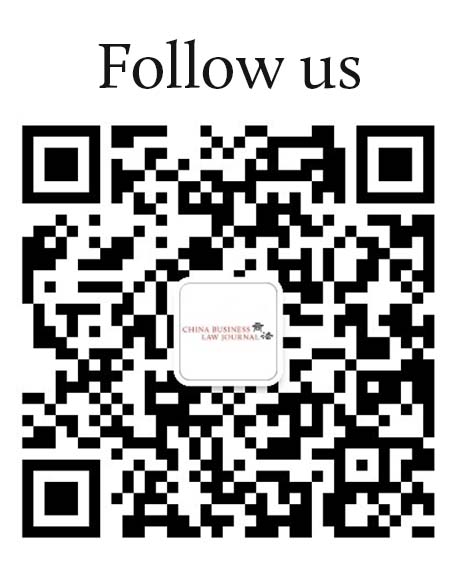In resolving foreign-related commercial disputes, arbitral institutions in China have always relied on the relevant evidentiary rules in China’s Arbitration Law and Civil Procedure Law. This has given arbitration procedures serious litigation-esque leanings.
In response to the ever-rising cry in arbitration and legal circles for independent evidentiary rules to be formulated, the China International Economic and Trade Arbitration Commission (CIETAC) issued the CIETAC Guidelines on Evidence on 5 February, and they took effect on 1 March.
In contrast to prior rules of evidence characterized by their strong litigation flavour, the guidelines contain several breakthrough features.
Greater discretion
Based on the special nature of arbitration autonomy, the guidelines bestow on tribunals greater discretion in arbitration procedures in a number of areas.
Form of evidence. Documentary evidence not only includes documents in hard copy – it also includes readable soft copy evidence, such as data messages (e.g. electronic documents, e-mail), among others.
Time limit for adducing evidence. The tribunal may specify a reasonable period of time for the parties to submit evidence, or it may set a series of deadlines for the submission of evidence on separate occasions.
Exchange of evidence. Following consultations with the parties, the tribunal may opt for a different method of evidence exchange than forwarding the evidence via the CIETAC Secretariat.
Cross-examination procedure. The tribunal may decide whether to broadcast audio-visual materials and whether to broadcast audio-visual materials in whole or in part during the hearings depending on the circumstances.
The tribunal may also institute a time limit on which witnesses, experts, examiners and forensic expert witnesses can be questioned or cross-examined. It may decide to treat the written testimony or opinions of the witnesses as their responses to questioning as well, and then proceed directly to the cross-examination stage.
Admission of evidence. The tribunal may decide not to admit as evidence a certain exhibit submitted by a party, per the relevant rules governing obligations that exempts persons from disclosure, e.g. communications between lawyers and clients subject to confidentiality or evidence that involves settlement discussions between the parties.
You must be a
subscribersubscribersubscribersubscriber
to read this content, please
subscribesubscribesubscribesubscribe
today.
For group subscribers, please click here to access.
Interested in group subscription? Please contact us.
你需要登录去解锁本文内容。欢迎注册账号。如果想阅读月刊所有文章,欢迎成为我们的订阅会员成为我们的订阅会员。
Sara Sun is an associate at Martin Hu & Partners
8/ Floor, Kerry Parkside Office
1155 Fangdian Road, Pudong
Shanghai, China
Postal code: 201204
Tel: +86 21 5010 1666
Fax: +86 21 5010 1222
www.mhplawyer.com
Martin Hu
E-mail: martin.hu@mhplawyer.com
Sara Sun
E-mail: sara.sun@mhplawyer.com





























